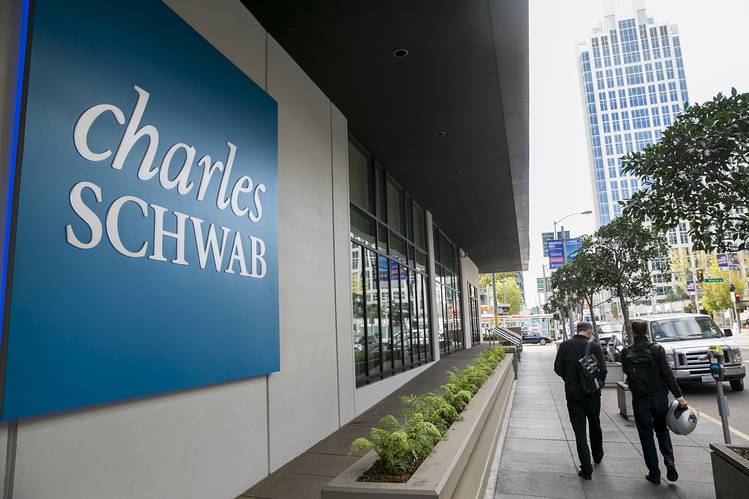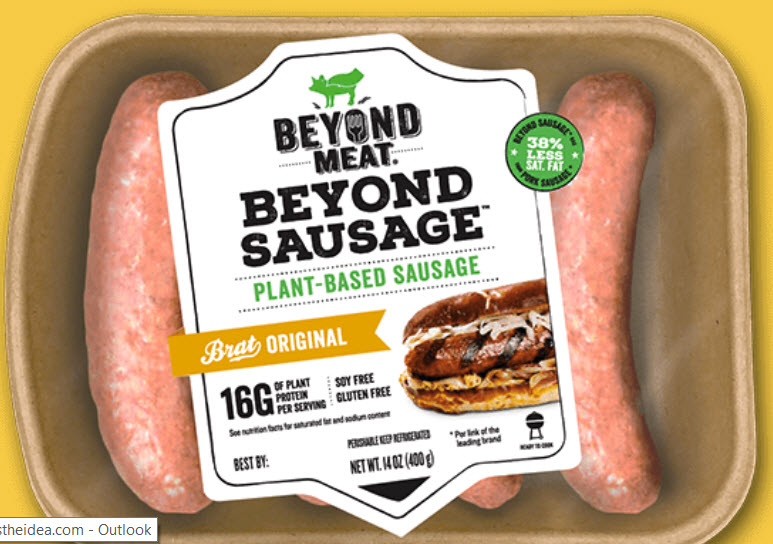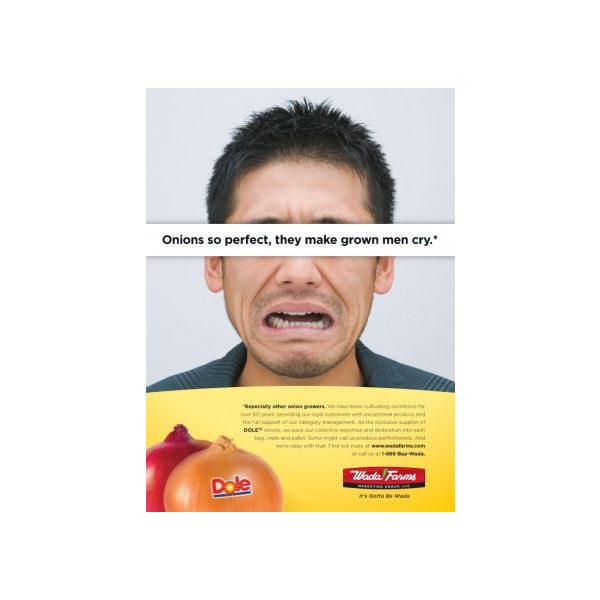Is Charles Schwab Making A Brand Withdrawal?
 Charles Schwab has always been known in the investment and trading world as a low-cost provider. Yesterday they announced they are waving fees for stock and ETF trades. A bold move. Now I don’t know what Schwab’s brand strategy is but “A more modern way to invest” from the homepage might be the claim. I haven’t studied the brand so take this with a grain of salt, but I am comfortable saying free is not something they are going to want to position around. (And this is from a no-load mutual find guy of 25 years.)
Charles Schwab has always been known in the investment and trading world as a low-cost provider. Yesterday they announced they are waving fees for stock and ETF trades. A bold move. Now I don’t know what Schwab’s brand strategy is but “A more modern way to invest” from the homepage might be the claim. I haven’t studied the brand so take this with a grain of salt, but I am comfortable saying free is not something they are going to want to position around. (And this is from a no-load mutual find guy of 25 years.)
Modern is not a bad claim for Schwab, and free trading may be modern – certainly it’s a tech-centric position – but there’s a much bigger story here I suspect. And I smell a big spend ad campaign, supported by an agency foaming at the mouth, in the wings. What this brand planner might do is dig deep to find the underpinnings of what enables Schwab to stay in business with this new model. Investors are not stupid. They know a wo/man needs to make a living. Tell consumers you are going to make less money and they are curious. And skeptical.
I wouldn’t lead with the no fee story (sorry ad peeps). I’d lead with foundational, modern story that resets the table of investing. Make deposits, not withdrawals in the brand bank.
Peace.








